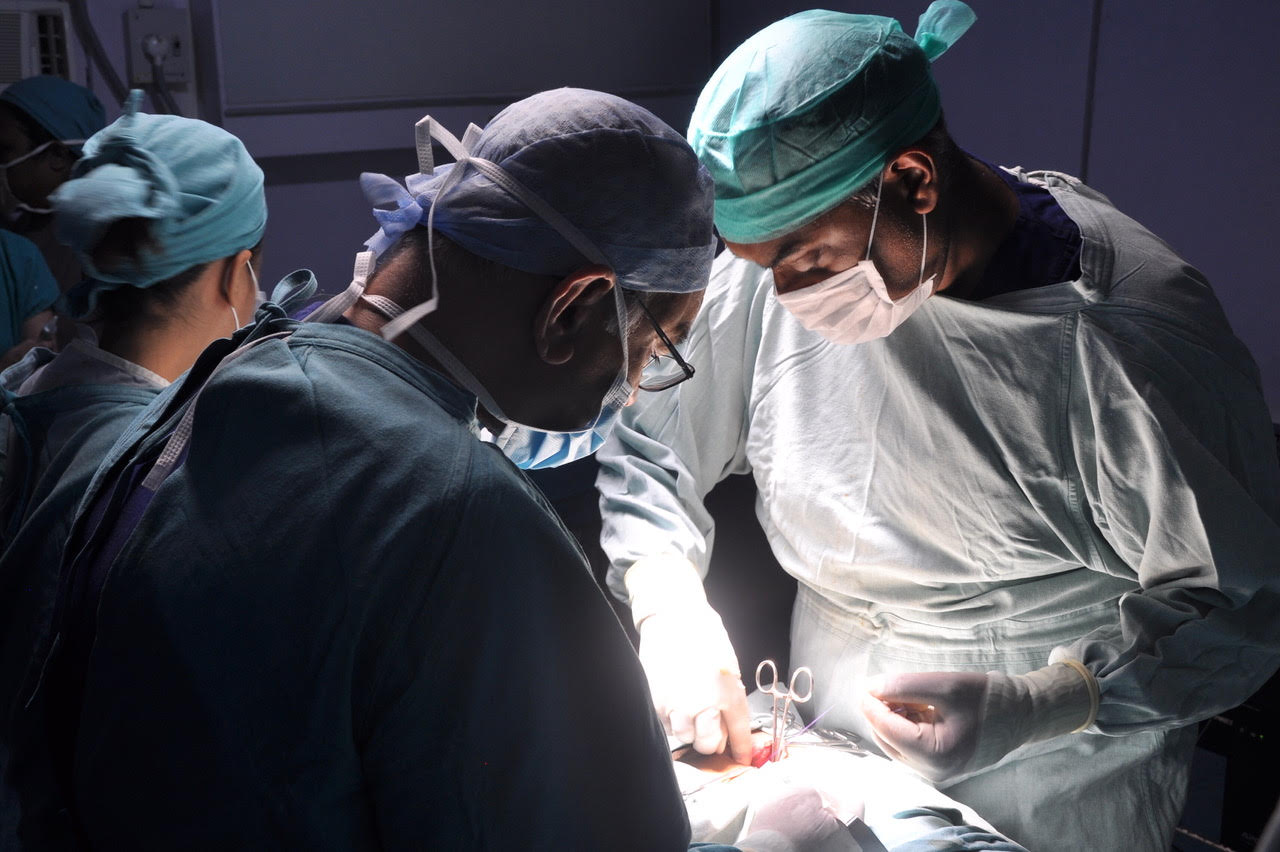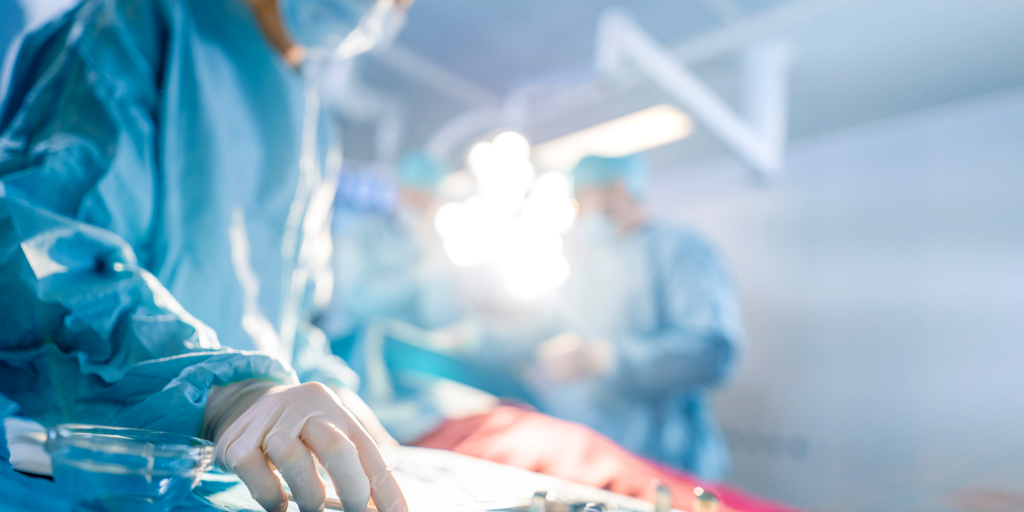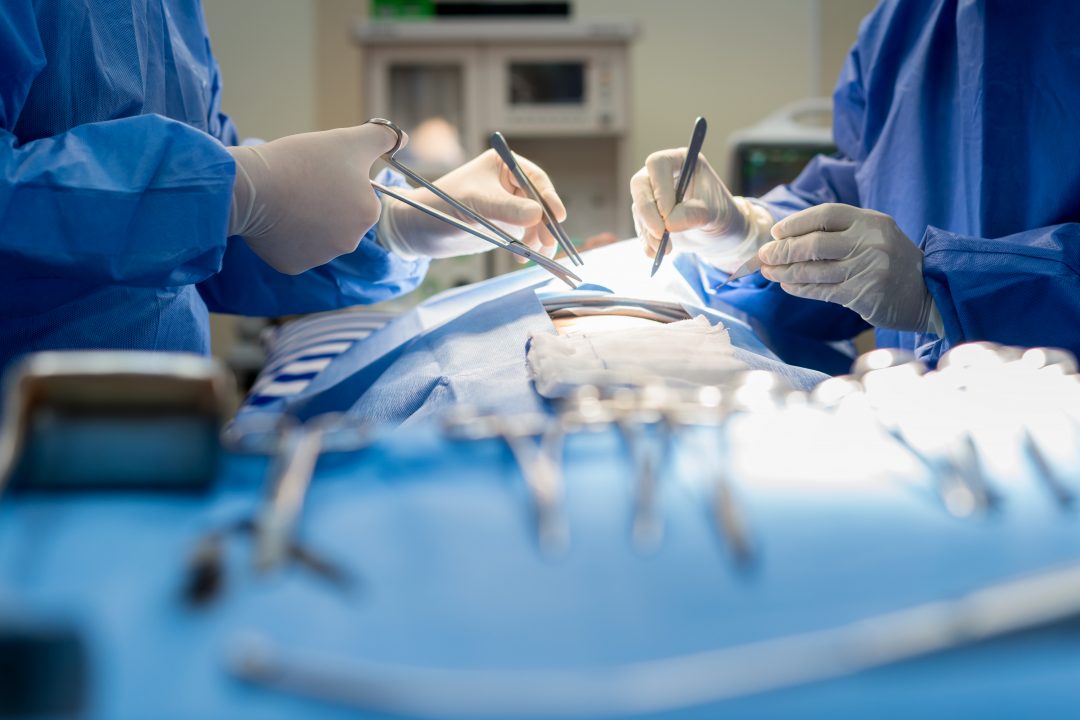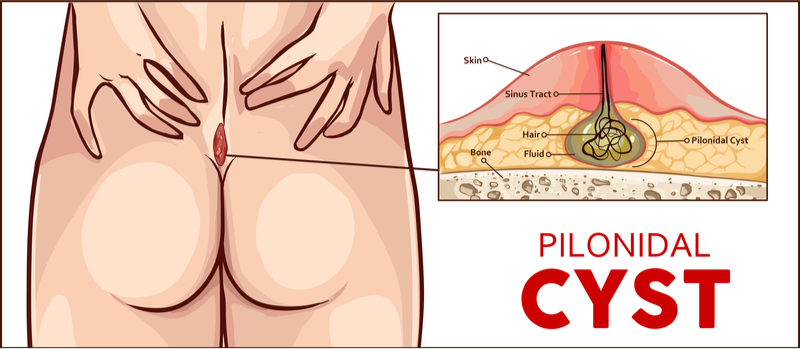



Pilonidal Sinus Surgery
Pilonidal disease is a skin infection in the cleft between the buttocks. This is thought to be caused by hair fragments burrowing through an opening in the skin. The severity of pilonidal sinus disease can range from a small lump or pit to a large infected swollen area with multiple holes.
Risk factors to developing this disease are thick body hair, obesity, sitting for long periods, and family history.
Surgery
If an abscess has developed, this may require incision and drainage. This is usually done under general anaesthesia, the abscess cavity is cleaned out and left open for daily packing dressings.
This may not cure the underlying condition, and eventually more extensive surgery may be required.
If definitive surgery is required, excision of the diseased tissue and flap closure may be recommended.
This involves surgically removing all the hair containing cavities and sinus tracts. Depending on how much infection is present and how extensive the excision, either the wound will be closed with a reconstructive flap (which flattens the cleft between the buttocks, to help prevent the condition returning), the wound is packed daily with dressings until it heals, or a special suction dressing is used which speeds healing.
After healing it is important to keep the area thoroughly clean and hair free, or the disease will return.
